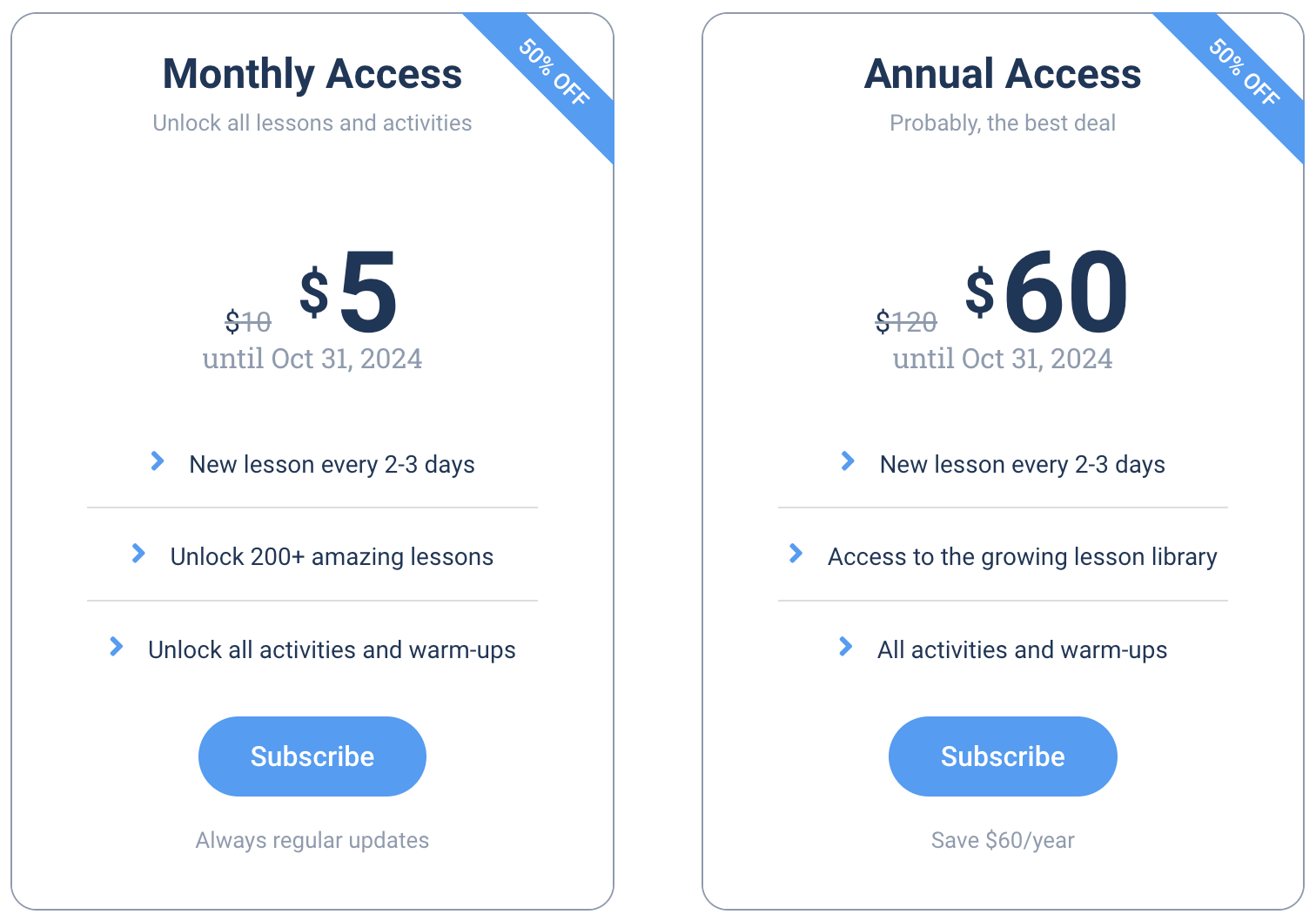Table of Contents
A2 Level Questions:
- What is a protest?
- Why do people join protests?
- Can you name something people might protest about?
- Have you ever seen a protest on TV or in person?
- What do people carry or wear at protests?
- Is it important to have peaceful protests?
- How do protests happen in your country?
- What words or slogans do people shout at protests?
- Can children be part of protests?
- How do the police respond to protests in your country?
B1 Level Questions:
- What are the different ways people can protest?
- Why is the right to protest important in a democracy?
- How do social media impact protests?
- Can protests change laws or government policies?
- What historical protests can you name and what were they about?
- How do governments around the world react to protests?
- What role do celebrities or public figures play in protests?
- How can protests be organized to ensure they are peaceful?
- What are some symbols or signs commonly seen at protests?
- How do protests in other countries affect global politics?
B2 Level Questions:
- Discuss the ethical implications of protesting.
- Analyze the effectiveness of non-violent vs. violent protests.
- How do protests influence public opinion?
- Explore the relationship between protests and civil rights movements.
- What are the challenges of organizing large-scale protests?
- How have protests shaped history in the 20th and 21st centuries?
- Compare and contrast protests in authoritarian regimes vs. democratic societies.
- What is the role of international organizations in monitoring protests and government responses?
- How can governments address the root causes of protests?
- Discuss the impact of protest art (e.g., posters, music, graffiti) on society.
C1 Level Questions:
- Evaluate the role of technology and digital platforms in modern protests.
- Analyze the concept of civil disobedience in the context of historical and contemporary protests.
- Discuss the psychological effects of participating in or witnessing protests.
- Explore the legal protections for protestors and the limits of those protections.
- How do economic factors contribute to the initiation and escalation of protests?
- Investigate the role of international solidarity in supporting domestic protests.
- Examine the strategies used by movements to sustain momentum and engagement over time.
- Discuss the intersectionality of issues addressed by modern protest movements.
- Evaluate the role of media coverage in shaping the narrative around protests.
- Analyze the long-term societal changes initiated by protest movements.
C2 Level Questions:
- Critique the notion that protests are an essential mechanism for democratic renewal.
- Explore the dynamics between state power and protest movements in shaping societal norms.
- Investigate the role of anonymity in protests and its implications for accountability and safety.
- Analyze the global ripple effects of significant protest movements on international relations.
- Discuss the ethical considerations of external interference in domestic protest movements.
- Examine the evolution of protest tactics in response to advancements in surveillance technology.
- Debate the effectiveness of sanctions as a response to government crackdowns on protests.
- Explore the concept of ‘protest fatigue’ and its implications for long-term activism.
- Investigate the impact of cultural differences on the expression and outcomes of protests.
- Analyze the challenges of achieving cohesive goals within diverse protest movements.

